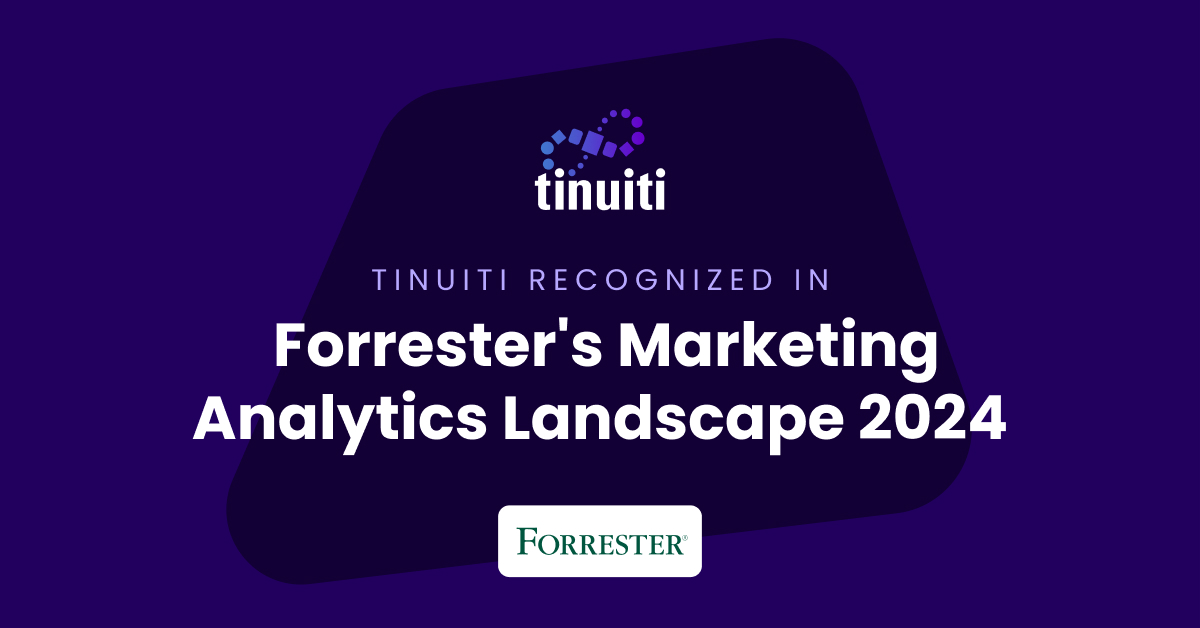
CallRail just released its 2022 Outlook for Digital Marketing Agencies. The good news: “2021 was a good year for agencies, and 2022 is looking even brighter,” said Mary Pat Donnellon, chief revenue officer at CallRail.
“The report highlights the areas of success agencies saw last year and reveals what challenges they expect to face in 2022 and beyond. With client acquisition a key concern, agencies are utilizing — or plan to utilize in the near future — the latest marketing trends, like conversational marketing and artificial intelligence, to bring in new clients and keep their momentum going.”
The study surveyed over 500 individuals employed full-time at U.S.-based marketing agencies to also determine how client expectations are projected to change in 2022 and which marketing trends agencies are currently implementing to bolster client acquisition.
Key findings from the research include:
2021 saw extensive growth for marketing agencies
Marketing agencies made big gains in 2021. Respondents said their agencies experienced an average of 54% revenue growth in 2021, with 95% saying their agency met its 2021 revenue goals.

Much of this success was due to accelerated client growth: 83% of respondents said their agency surpassed its 2021 goals for client growth. With more clients under their belts than ever before, agencies are feeling optimistic about what 2022 has in store for them.
2022 will see even more growth – and new challenges
A whopping 99% of respondents said they expect their agency to grow in revenue in 2022, and CallRail’s data shows agencies project to experience an average of 68% revenue growth this year.
Revenue won’t be the only thing getting a boost, however: 85% of respondents said they expect their agency to grow in size in 2022, with hiring new employees emerging as a top priority to keep up with the influx of new clients.

But this growth doesn’t come without its challenges. Respondents expect hiring and client retention to be more difficult in 2022 than in 2021, but the biggest emergent challenge will be client acquisition. 82% of respondents said this will be more challenging in 2022 than in 2021.
Why is client acquisition keeping agencies up at night, and what can they do to rise to the challenge?
Agencies should adopt the latest marketing trends to meet changing expectations
CallRail’s data reveals that client expectations when choosing an agency are changing. Over the next five years, 98% of respondents believe clients will want to see agencies offer more comprehensive services; 85% said clients will want to see more diverse clientele, and 82% said clients will want to see more specialization.
To keep up with these new expectations, agencies must evolve with the times. Agencies have been quick to adopt the latest marketing trends and those who haven’t yet plan to do so in the future. Conversational marketing, artificial intelligence (AI), and zero-click searches have emerged as the latest and greatest ways for agencies to bring in new clients.

The research found that 62% of responding agencies have already implemented conversational marketing. 44% of agencies have already implemented AI, and 39% have implemented zero-click searches. Of those who haven’t yet, 20% plan to utilize conversational marketing, 21% plan to introduce AI, and 30% plan to implement zero-click searches in the next year.
Choosing not to take advantage of these trends appears to be a detriment to marketing agencies: those that did not meet their 2021 revenue goals were 27% less likely than average to have already implemented AI. Agencies that wish to succeed in 2022 and beyond must adapt and use every tool at their disposal to acquire new clients.
Client relationships are changing too
Massive growth across the board will also change how agencies handle their client relationships. Right now, reporting is the name of the game. 86% of respondents said reporting is an essential part of client services, with agencies spending an average of 56 hours per week on reporting.
CallRail’s data suggests reporting may be key to client growth, as those who didn’t meet their 2021 client growth goals were 15% less likely than average to say reporting is an essential part of their client services.
But agencies that met and surpassed their client growth goals will have to adapt in order to accommodate their new client load. 95% of respondents said they believe how their agency handles client relationships will change in the next five years as they continue to grow. Of those, 89% said less time will be spent on reporting.

“The marketplace is constantly changing, and so too are client expectations when choosing a marketing agency,” said Donnellon.
“CallRail’s research shows that taking advantage of the latest marketing trends and rethinking how they approach client relationships will set agencies up for success in 2022 and the years to come.”
To learn more about how CallRail’s platform can help marketing agencies and the clients they serve optimize their marketing spend, click here and try it free.

































You must be logged in to post a comment Login